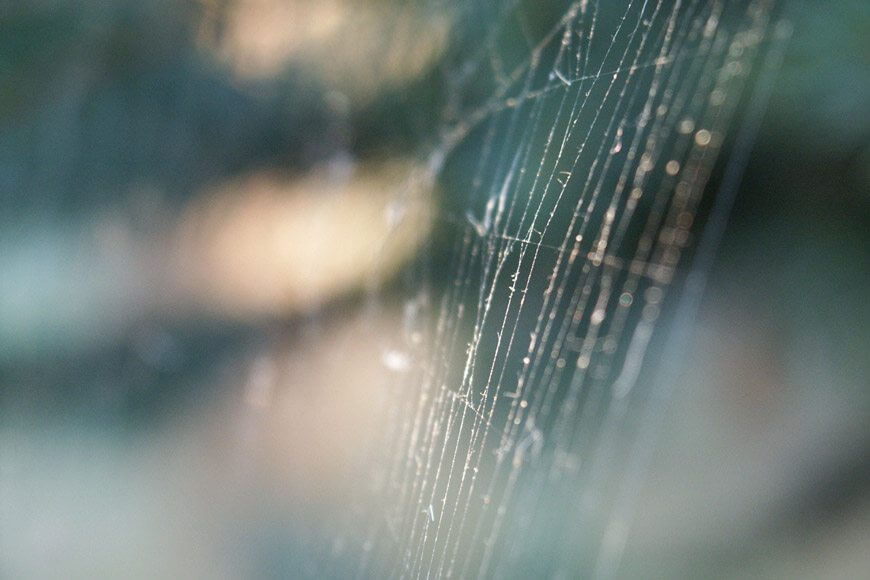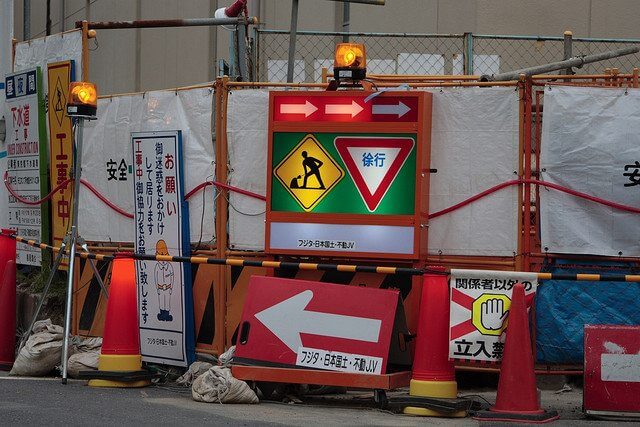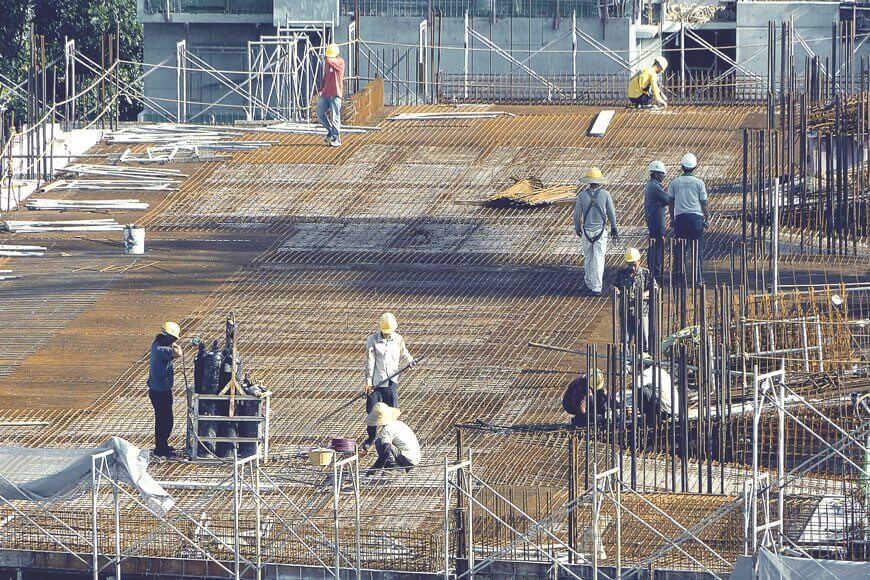Spider’s webs to be used as a building material? The first thing that comes to my mind is that, years ago, when I was doing O-Levels Biology, we were told that spider’s webs had a tensile strength of 40,000 tons per square inch. Mild steel was only about 7 tons. That has changed for some reason! These days the two are about on a par. Wonder why it changed, though?

Anyway, the very obvious advantage for construction is that the spiders web is much lighter than steel. That would reduce the whole loading calculations if it can be introduced! It wouldn’t I don’t think, have any strength in compression, but could be widely used in load bearing concrete in layer of reinforcement which is the one which takes the tensile stresses. Support beams and floor slabs are the ones which spring to my mind. Doubt if it would be of much use in columns.
In principle I dislike spider’s webs! They are a darned nuisance in the house! Collect dust and, when you try to get rid of them, smear collected dust on the decor! If they’re in the garden they end up all over my face when I’m gardening! However I do sometimes stop to admire them! The shape; the way they are strung out; their flexibility as the shrubs and plants move in the wind are all fantastic! This is the second reason the scientists are looking at spider’s webs as a new building material!
Know More: Project to 3D Print Houses Begun
I wouldn’t have thought spiders have big enough heads to hold much of a brain, but their structural design abilities are quite incredible! They somehow dangle from one point to another until they have all the bits running from side to side. Each side is a different length. Then they patiently set about running round in circles to get the job finished! The spacing of each diminishing circle from the previous one very close all the way around and they end up with a great structurally designed web to catch their dinners! Wouldn’t it be terrific if we had building material as light and strong as spider’s webs? Any web we used could be made 3D if that was a structural requirement simply by. But wouldn’t it be even more terrific if the research goes further?
Imagine a huge elevated concrete floor. Now let’s imagine the research into spider’s webs has gone all the way. What we would see is, from the surrounding walls or columns, man-made robotic “spiders” manufacturing their “web” and stringing it across from one side to the other. Light weight, super-strong, incredibly complex design just waiting to have the concrete poured! Think of the cost savings possible from this new building technology! We’d be well away! Only practical problem with that which I can see is the difficulty of vibrating all these huge volumes of concrete. Is there an insect or arachnid out there which “wobbles” that could be partnered with our spider robots?
Then there could well be another benefit of 3D synthetic spider webs, this one being environmental. One of the big sources of global Carbon Dioxide emissions comes from steel production. That would be drastically reduced, at least by the construction industry. We’d be all “greener” without any effort!



